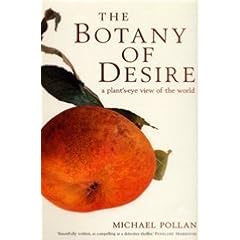Just when you thought you were doing a good job in choosing natural products and avoiding adding chemicals to your body, along comes the International Dairy Foods Association (IDFA) and the National Milk Producers Federation (NMPF) to petition the US Food and Drug Administration (FDA) to allow them to add Aspartame and other “non-nutritive sweeteners” to milk products without identifying them as so “enhanced.”
These guys want to add Aspartame, a collection of chemicals used as a sugar substitute, to the flavored milks offered in school lunchrooms without labeling the milk as “low-calorie” or “sugar-free”. They believe that labeling that touts “lower calorie” or “sugar-free” will hinder the marketing of these flavored milk boxes to kids.
Since the flavored milks already say “low-fat” on the individual-size boxes, I think this is a specious claim designed to help push through their bigger agenda, which is to be able to add Aspartame to dairy products such as sour cream, half-and-half, yogurt, heavy cream, evaporated milk, dry nonfat milk… 17 dairy products in all, without prominent labeling indicating that this is an adulterated food.
You’ll reach for a quart of “milk”, but what you’ll really be getting is “milk with added Aspartame.”
Without going into why Aspartame is bad for you and what kinds of symptoms someone with Aspartame sensitivity might experience upon exposure (seizures, migraines, chronic fatigue, skin issues, Multiple Sclerosis-like symptoms, etc.), let’s think about living in a country where any normal-looking milk product you purchase at a store or ingest at a restaurant could likely contain Aspartame. Get sour cream on your baked potato, and you’re getting Aspartame. A latte at Starbucks? Aspartame. A cup of Boston clam chowder? Aspartame. Not to mention all of the normal routes that you’re already getting Aspartame through: diet sodas, chewing gum, bottled salad dressings, and on and on. All of that Aspartame really adds up in your system.
In case you didn’t know, too: Aspartame is a GMO.
What infuriates me perhaps most of all about this insidious method of boosting corporate profits, is that it takes away our freedom and ability to choose for ourselves what we want to put into our own bodies and gives it to chemical companies.
There has been a lively debate about this over at The Healthy Home Economist, with a few chemists piping up in the comments to claim that the chemicals in Aspartame are just as good for you as real food.
If you think we deserve to have Aspartame-enhanced foods, feel free to leave you comment for the FDA on how you feel about the petition to add Aspartame to milk products without distinguishing them as such. You’ll see the Comment link at the top right of the page.


 Let’s hope that this study will affect the credibility, legality, and profitabilty of the genetically-modified food industry.
Let’s hope that this study will affect the credibility, legality, and profitabilty of the genetically-modified food industry.